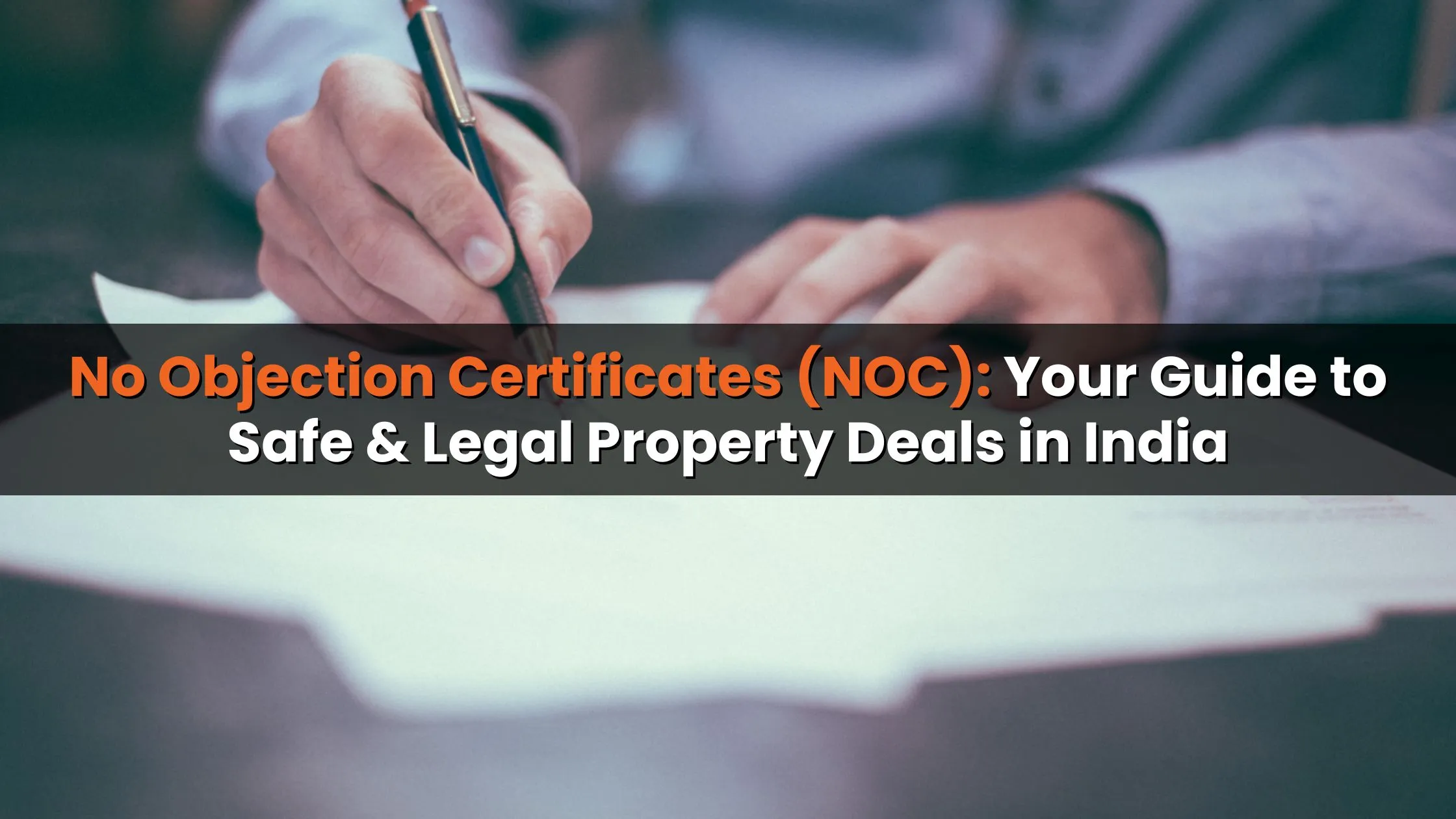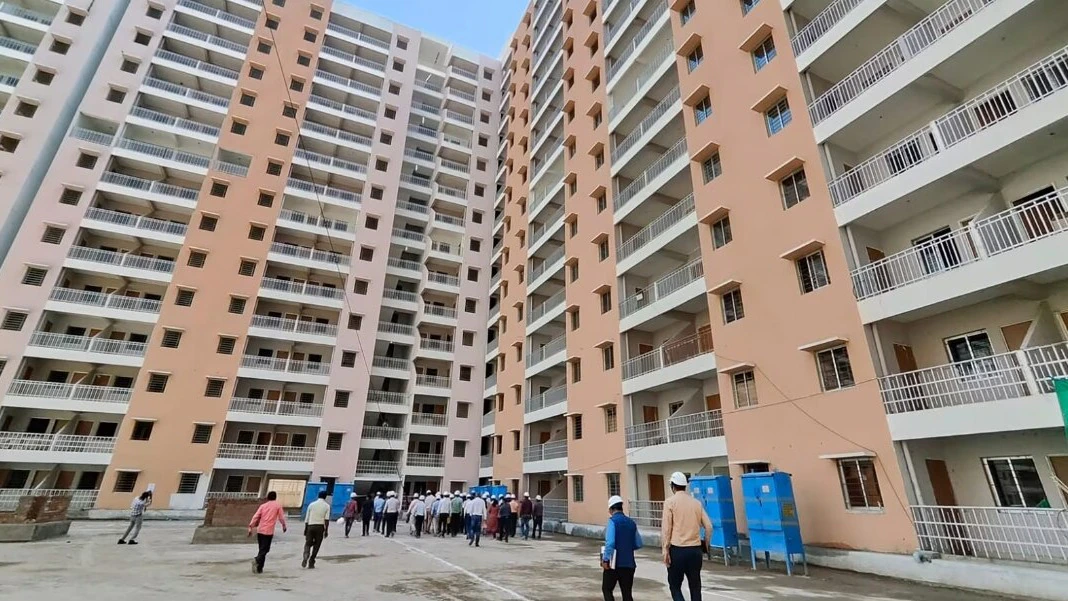Table of Content
How to register a rent agreement in Delhi?
A license and license agreement (also called a lease) is a legal document that is binding on both the tenant and the property owner. It mentions the details of the property, the deposit and the monthly/annual rent to be paid, and other terms and conditions associated with the property rental transaction. The registered lease is admissible in court in case of any dispute that may arise in the future. You can read here to learn more about the types of leases executed in India. In the National Capital Territory (NCT) of Delhi, registration of the license and license agreement is required for the lease period of more than 11 months. The registration of a lease is optional if the lease period is less than or equal to 11 months.

Rental Period and Stamp Duty
Leave and License agreements in Delhi attract Stamp Duty and registration charges as follows:
|
Rental Period |
Stamp Duty (% of Consideration Value) |
Registration Charges |
|
Less than 5 year |
2.0% |
Rs 1,100 |
|
5 - 10 years |
5.0% |
|
|
10 -20 years |
5.0% of double the consideration value |
* The value of the consideration refers to the average annual rent to be paid, as stated in the document.
Steps for Registering a Rent Agreement
Here are the detailed steps to register a rental agreement in Delhi: Step 1: Write the lease that mentions the following basic details:
- Name and permanent residential address of the owner (landlord)
- Name and permanent residential address of the tenant
- Address of the property being put up on lease
- Tenure of the rental agreement
- Financial consideration including monthly rent, maintenance, and security deposit payable
- Lock-in period (if any)
- The notice period for vacating the property
- Any other terms and conditions the tenant or owner wishes to apply
Step 2: After verification by both parties (tenant and landlord), print the draft agreement on stamp paper. Now, in Delhi, the traditional paper stamp system is obsolete. Individuals must purchase an electronic stamp with the total value of the stamp duty calculated according to the table above, and then print the draft agreement on that paper. Electronic stamps are regulated by the Stock Holding Corporation of India Limited (SHCIL) and can be purchased from a registered stamp dealer. Alternatively, it can be ordered online for home delivery, purchased at designated banks or the nearest SCHIL branch. In addition, electronic stamps can be made through online stamp duty payment (only up to Rs 500) without the need for physical stamp paper. You can visit the SHCIL website for details on online shopping positions and payment procedures. Step 3: Visit the Sub-Registrar's Office (SRO) in whose jurisdiction the property is located, to register the agreement. Pay the registration fee at the office. The parties and witnesses are required to sign the document before the deputy registrar. You can visit the SHCIL website to locate the SRO for your property.
Documents Required
Bring the following documents with you when you visit the SRO:
- Details of ownership of the property (property sale deed, registration document, property tax receipt, etc.)
- Passport size photos of the owner as well as the tenant
- Authorization letter from the company in case the lease is being registered under a company’s name.
- Address proof of the property to be registered
- Address proof and photo ID proof of the tenant (Original passport mandatory for foreign nationals)
- Address proof and photo ID proof of the owner
- Demand Draft of the Registration amount
- Two witnesses along with their photo ID proofs
Also Read - 8 Important Documents that Need To Be In Your Home Buying Process











_1766133697.webp)